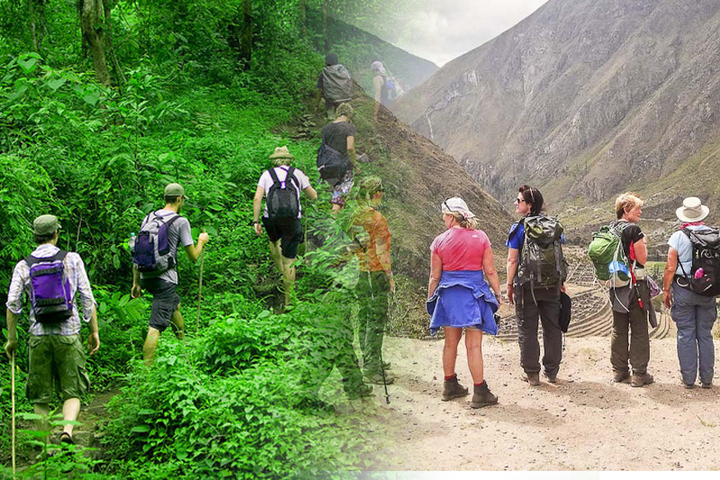
Rural towns see opportunities in pushing adventure travel
Prior to the pandemic, Japan received a record 31.8 million tourists in 2019, but just 250,000 in 2021. According to government authorities and industry insiders, the recovery has been and will continue to be gradual, with tourist expenditures not expected to surpass pre-pandemic levels until 2025.
However, the reopening of the border also paves the way for adventure tourism — a growing form of tourism that immerses guests in nature and culture while placing them in positions to interact with local populations — to provide tangible advantages to communities and companies around the country.
“There is a great deal of concern about how local venues in Tohoku can accommodate foreign tourists who do not know the language or are unfamiliar with Japanese customs,” according to a tour guide agency. Derek Yamashita, co-founder of The Hidden Japan, comments on the rugged northeastern region. “However, local guides create jobs, increase the value of the region, allow tourists to experience things as a local, and assist bridge cultural divides, allowing locals to interact with foreign tourists.”
Keep Reading
The Japan National Tourism Organization (JNTO) will focus on adventure travel, luxury travel, and sustainable travel in the future. Post-COVID, all three of these highlight experiences as the driving force behind a tourism industry that provides more meaningful advantages to the local economy.
Particularly, adventure travel involves slowing down and connecting with the local environment and culture.
In 2023, Hokkaido will host the Adventure Travel World Summit, a conference of more than 750 travel professionals organized by the U.S.-based Adventure Travel Trade Association and previously hosted in Switzerland, Sweden, Argentina, and Alaska.
As a precursor to this opportunity for inbound tourism to Japan, the JNTO has identified adventure travel as a more sustainable alternative to mass tourism, in which vast numbers of visitors swarm to the same attractions, resorts, and destinations.
As opposed to huge tour groups, Daniel Moore, founder and guide at travel agency Active Travel Japan, predicts that the initial return of tourists would be dominated by “FITs,” or “free independent travellers” seeking original experiences.
With its concept of adventure tourism, the Japanese government has in mind exactly the types of tourists Moore describes.
65% of profits from adventure tourism remain in the country, compared to just 14% of revenues from mass tourism, according to data from the adventure travel sector. And to create $10,000 locally requires more than twice as many mass tourists as adventurous travelers. This is partly due to the fact that adventure tourists prefer to use small, locally-owned businesses (including hotels, restaurants, and guides) over larger national and international chains.




